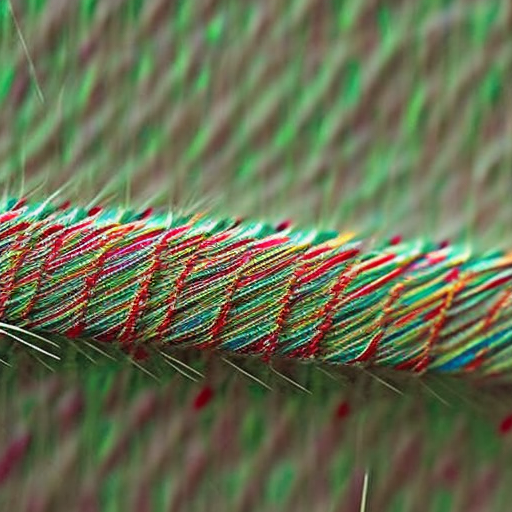
Sewing thread plays a crucial role in the durability and aesthetics of any garment or textile product. However, like any other material, sewing threads may occasionally have defects that can affect the quality of the final product. Understanding common sewing thread defects is essential for manufacturers, designers, and anyone working with textiles to ensure the highest level of quality control.
Common
- Knots: Knots occur when the thread is improperly twisted or when two threads are joined together. Knots compromise the strength of the thread and can lead to breakage during stitching.
- Slubs: Slubs are thick areas within the thread that occur during the spinning process. These irregularities can affect the smoothness and appearance of the seam and may even cause breaks or jamming of the sewing machine.
- Thread Unevenness: Uneven thread diameter or tension can result in unattractive stitches. It can cause skipped stitches, loose seams, or puckering on the fabric surface.
- Color Variations: Inconsistent dyeing of the thread can result in visible color variations within the same spool or between spools. This defect can be particularly problematic for products requiring uniform color appearance.
- Needle Cutting: When the thread is too thick or contains irregularities, it may cause abrasion on the sewing machine needle, leading to frequent breakage and damage to the fabric.
- Overlapping or Excessive Loops: Overlapping or excessive loops occur when the thread does not form uniform stitches but creates irregular loops. This can weaken the seam and impact the overall quality and durability of the product.
Managing
Proper quality control measures can help minimize sewing thread defects in production processes. Manufacturers can implement the following practices:
- Regular inspections and testing of thread quality, including checking for knots, slubs, and color consistency, to ensure only defect-free thread is used.
- Ensuring proper storage conditions to prevent moisture or exposure to sunlight that may affect thread quality.
- Monitoring machine settings such as thread tension, needle type, and stitch length to reduce the risk of defects during sewing operations.
- Using high-quality sewing machines, needles, and other tools to minimize the chances of thread breakage or damage to the fabric.
- Collaborating with reliable thread suppliers who follow strict quality control standards.
- Providing adequate training to sewing machine operators to handle various thread types and detect defects during the production process.
By implementing these measures, textile manufacturers and designers can reduce the occurrence of sewing thread defects, leading to improved product performance, customer satisfaction, and overall brand reputation.





I had the same issue!
I had a similar issue too – I always make sure to double-check my thread and machines before starting a project to avoid unnecessary complications down the road.
Definitely worth taking extra precautions!
Agreed! Sewing is a great hobby, but a few simple mistakes can really put a damper on any project. Double-checking is definitely the way to go to ensure any project is finished with high-quality craftsmanship!
Absolutely. Prevention is key here.
Absolutely – prevention is always key! As useful as thread is, it can also be an Achilles Heel to any craftsman. Thus, making sure to check it for defects is the surefire way to avoid issues while sewing.